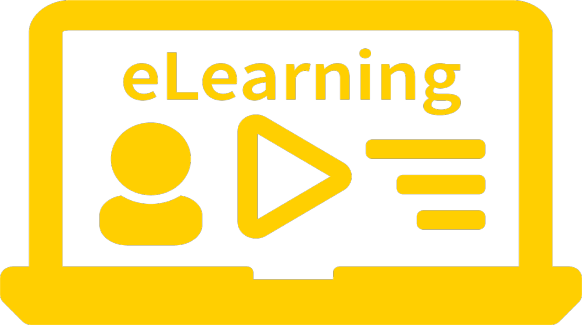
Click image to zoom.
Double click image to zoom.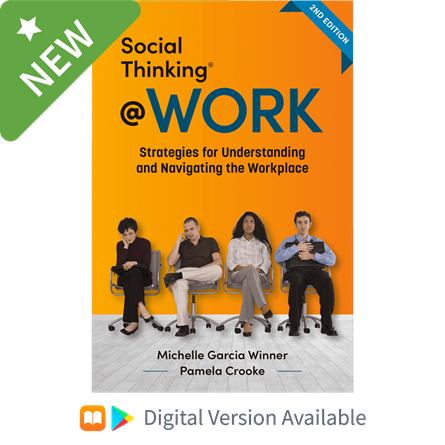
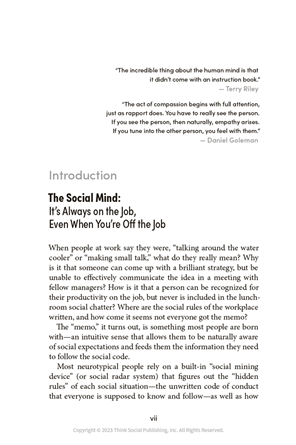
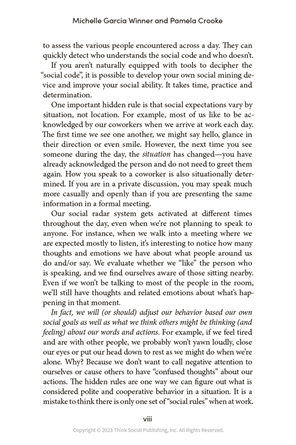
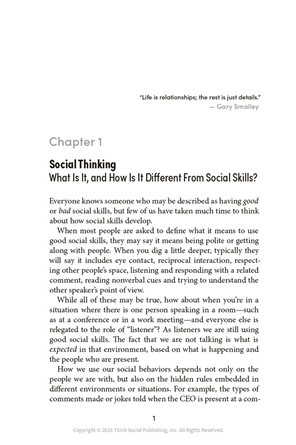
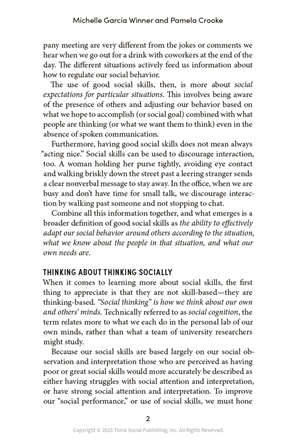
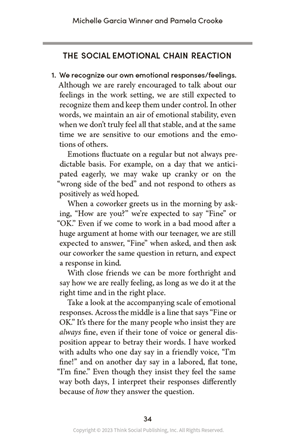
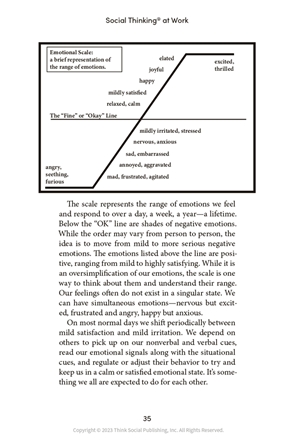
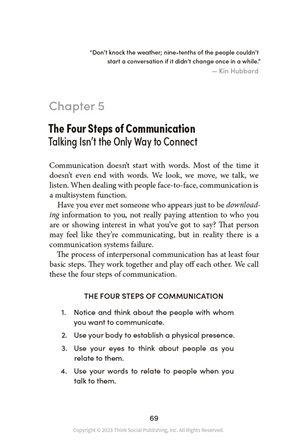
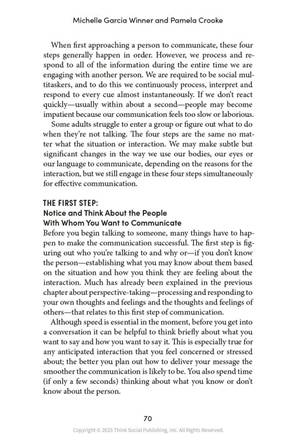
- Ages: 18+
- Pages: 209
- Format: Paperback
- ISBN: 9781936943982
- Published: 2023
Description
Digital version must be purchased separately—only on Apple Books and Google Play.
The social mind... It's always on the job, even when you're off the job!
Most people are born with an intuitive sense of the social world that allows them to naturally be aware of social expectations and feeds them the information they need to follow the social code. But not everyone is born with intuitive social understanding. Social learning differences, difficulties, or disabilities can be especially challenging in the workplace, where it’s assumed employees understand not only how to do their job but how to effectively work in a group, understand the hidden rules of office etiquette and office politics, and build and maintain solid professional relationships with others.
The updated, 2nd edition of this 200+ page book is a primer about the social mind in the workplace, but the concepts and strategies are equally applicable in all areas of life. This volume includes many important updates to descriptive language to teach basic concepts. It’s largely based on the authors’ years of clinical experience working with adults who struggle socially who may or may not have a specific diagnosis. Many are highly intelligent and skilled employees who find it difficult to decipher the often-nuanced social underpinnings that are part of daily life, on or off the job.
We all want to be appreciated for who we are and how we contribute, but if our messages are communicated in a way where others feel confused or hurt, then the good intention underlying the message is lost. As a result, it’s often tough for these individuals to build the relationships and reputation necessary to excel in the workplace, regardless of their expertise or how hard they work. This book is also a good way for neurotypical employers and employees to better understand the perspectives of their Neurodivergent coworkers, as well as show empathy and sensitivity for the difficult social learning process.
Given years of feedback from our clients, adults with social learning differences, difficulties or disabilities often need information about social emotional relationships broken down and explained in a way that can help them build skills and understanding, one step at a time. This book does just that—it is a constructive and detailed guide to help adults learn how to do the “social dance” to build stronger relationships at work and beyond.
This book is also a good primer for neurotypical employers/employees or HR departments to read about the experiences and perspectives of Neurodivergent coworkers, and perhaps develop empathy for the complexity of the bi-directional social learning process. It provides practical strategies for how to effectively work in a group, understand the hidden rules of the social world—including workplace etiquette and politics—and build relationships. It also encourages employees to self-advocate when needed.
Powerful, Practical Strategies
Social Thinking at Work contains easily accessible information about core concepts that describe how we think about our own and others’ thoughts and emotions, actions and reactions, intentions, and motives. In it you’ll learn to become a stronger social observer and use strategies that increase your social competencies. Chapters address:
- The social mind, social intelligence, and how social thinking is different from social skills
- The role of our emotions and social memory in office interactions
- The hidden rules or expectations and social memory in various types of specific office situations
- Giving compliments, asking for help, and apologizing
- Seven core tenets of perspective taking and understanding others' points of view
- Exploring the Social-Emotional Chain Reaction
- The four steps of communication
- Indirect communication: reading between the lines
- Belonging: workplace adaptations vs. conformity vs. teamwork and networking
- The office hierarchy, friendships, romantic relationships, bullying, and more
Updated 2nd edition, Same Great Award-Winning Information
Previously published as Good Intentions Are Not Good Enough, this 2nd Edition of the book includes important updates to descriptive language and our very latest teaching.
Tell us something good!
What People are Saying
Awards
Related Materials

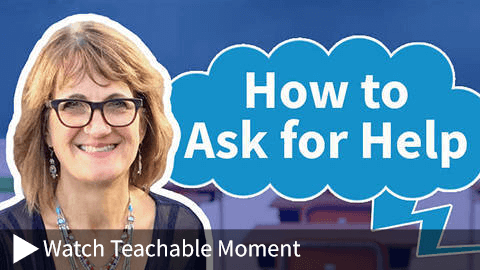
Instructor: Michelle Garcia Winner
It’s human nature to want to help others, but it’s often difficult for people to ask for help, especially those with social emotional learning differences. In this webinar, we’ll discuss why children, students, and adults may resist help or refuse to ask for it and we’ll deconstruct the multi-step process through which we ask for help. We’ll also explore the social emotional benefits for all participating in this unique and rewarding relationship.






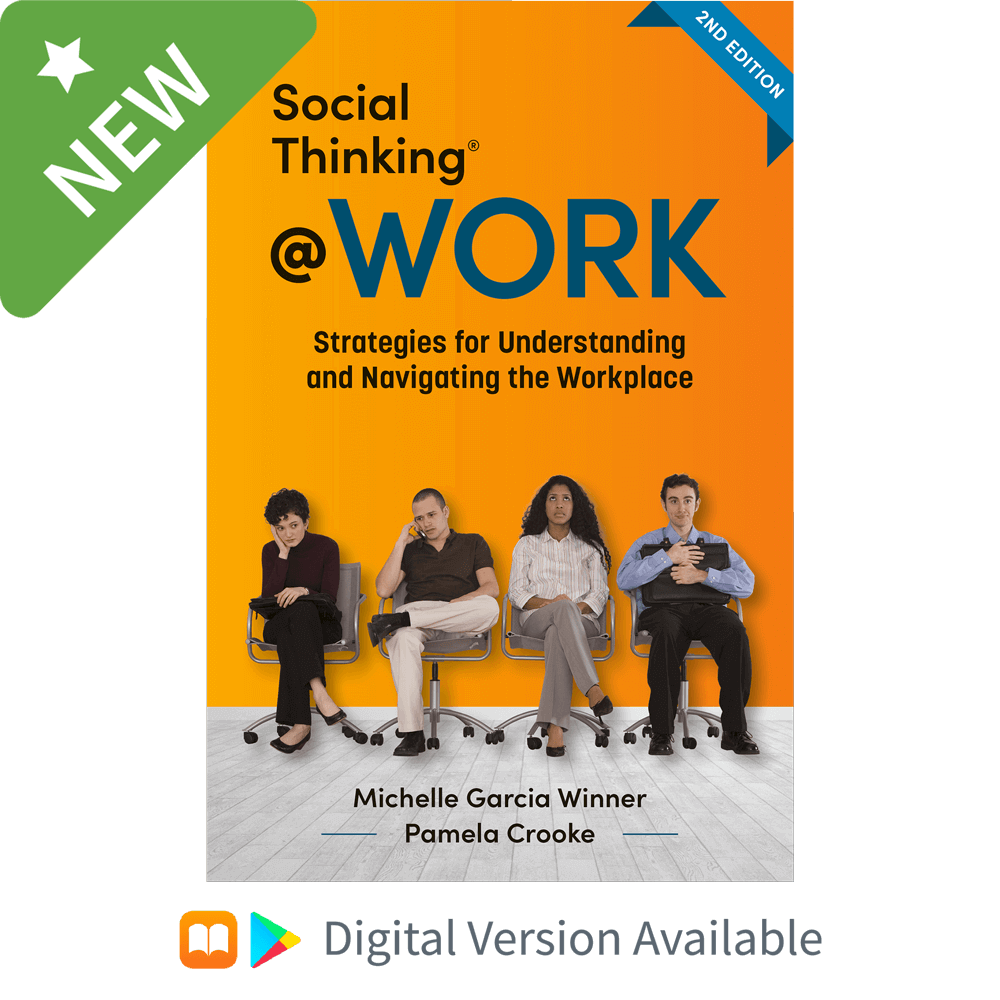
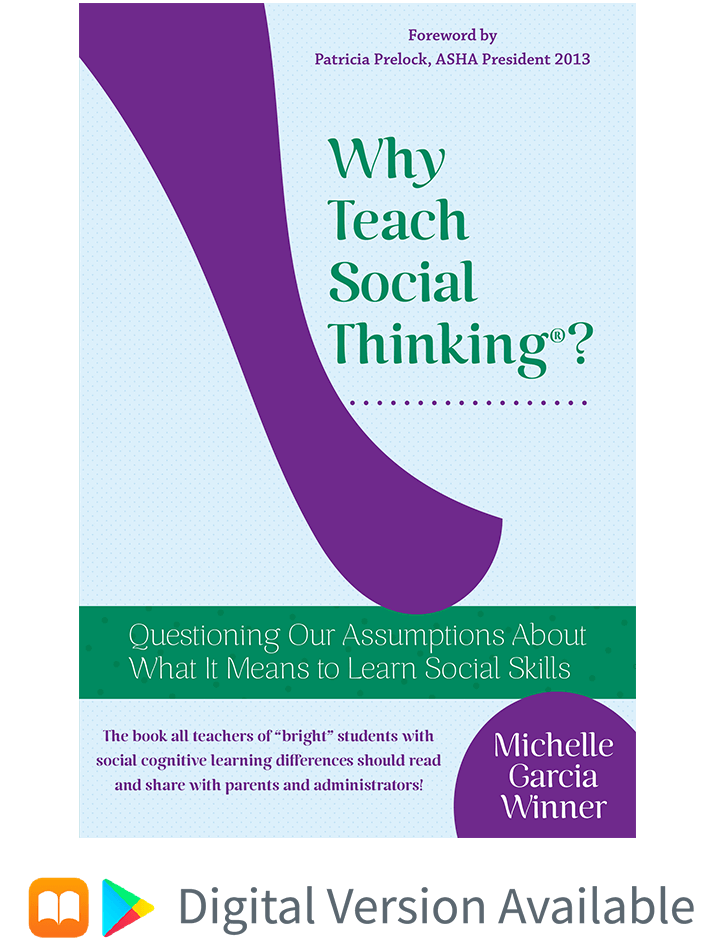
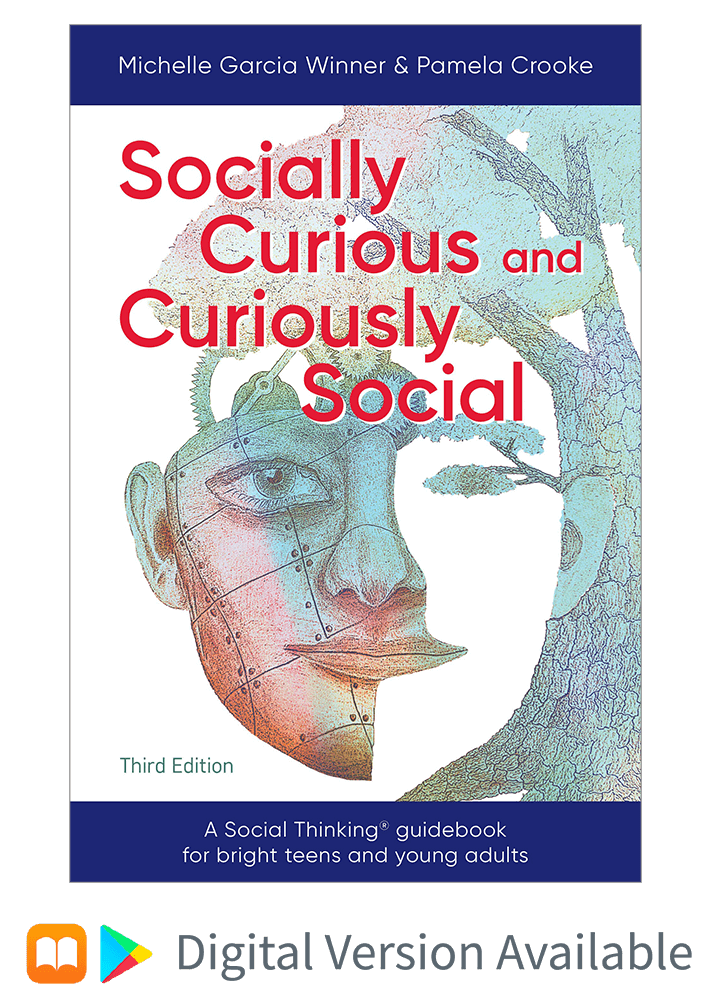

Social Thinking at Work: Strategies for Understanding and Navigating the Workplace 2nd Edition
Tell us something good!
There was a problem adding this comment. Plaease try later.
Please log in